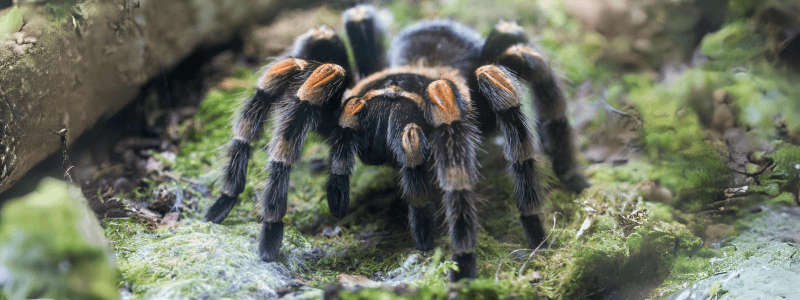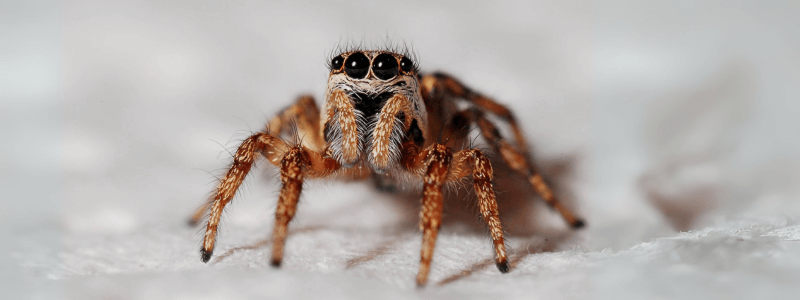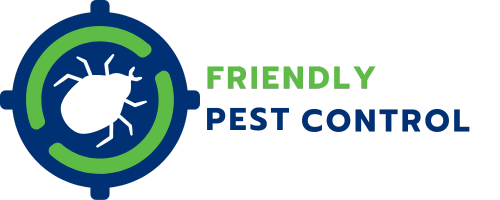Most Dangerous Spiders in Australia: Bites, Treatment, and Prevention
Australia’s reputation for harboring creepy crawlies precedes it, and spiders are no exception. While the country boasts an impressive diversity of arachnids, the truth is, the danger posed by most is often overblown. This guide dives into the most dangerous spiders in Australia, helping you separate fact from fiction and navigate potential encounters safely.
Understanding Bites and Venom:
Before delving into specific species, it’s crucial to understand spider bites and venom. Most Australian spiders possess venom designed to subdue small prey, not humans. Bites typically cause localized pain, swelling, and itching, similar to a bee sting. Even the most dangerous spiders in Australia rarely deliver bites that are fatal, thanks to effective antivenom and timely medical intervention.
The Top 10: Ranking Venomous Potential of Dangerous Spiders in Australia
Here, we explore the 10 most dangerous spiders in Australia, ranked based on the severity of their venom:
- Sydney Funnel-Web Spider (Atrax robustus): This notorious arachnid holds the title of the deadliest spider in Australia, and possibly the world. Found primarily in New South Wales, particularly around Sydney, the Sydney funnel-web has highly toxic venom and large fangs capable of piercing fingernails. Males, the more aggressive sex, can inflict bites that are potentially fatal if left untreated. Thankfully, due to the development of antivenom in the 1980s, no deaths have been attributed to this spider since. read more
- Other Funnel-Web Spiders: Australia is home to around 40 species of funnel-web spiders, with six known to cause severe envenomation. These spiders are typically found in southern Queensland and northern New South Wales. The northern tree funnel-web (Hadronyche formidabilis) and the southern tree funnel-web (H. cerberea) are considered particularly dangerous, with half their bites causing serious illness. Fortunately, funnel-web antivenom is effective in treating bites from these species as well.
- Redback Spider (Latrodectus hasselti): Easily recognizable by its black body with a red stripe, the redback spider is a common sight throughout Australia. While their bites can be quite painful and cause nausea, vomiting, and sweating, they are rarely fatal. Thanks to the availability of redback antivenom since the 1950s, no deaths have been recorded from redback bites. Most bites occur when humans accidentally disturb the spider’s hiding place, as they are not typically aggressive. Read more
- Mouse Spider (Missulena sp.): Eight species of mouse spiders inhabit Australia. Their venom is similar to that of funnel-web spiders, but less potent. Thankfully, no deaths have been attributed to mouse spider bites, and only one instance of serious envenomation has been documented. Funnel-web antivenom seems to be effective in treating mouse spider bites, making identification during a bite crucial. These spiders are generally sluggish and not aggressive. Read more
- Trapdoor Spider (Idiopidae family): Named for their habit of camouflaging their burrow entrances, trapdoor spiders are found throughout Australia. Their bites are considered mild, causing localized pain, swelling, and sometimes nausea, dizziness, and fatigue. Due to some similarities in early bite symptoms with funnel-web spiders, caution is advised. Trapdoor spiders are not aggressive and bites are uncommon. Read more

Beyond the Top 5: Less Concerning Bites of Dangerous Spiders in Australia
The following five spiders, while sometimes included on lists of “dangerous” Australian spiders, pose minimal risk to humans:
- White-tailed Spider (Lampona cylindrata and L. murina): Despite their reputation for causing necrotic (flesh-eating) lesions, scientific evidence debunks this myth. White-tailed spiders are primarily nocturnal hunters and their venom is unlikely to cause anything more than mild localized pain. Read more
- Australian Tarantulas: These large, hairy spiders are often more frightening than harmful. Their bites, while painful due to large fangs, rarely cause serious effects beyond localized pain. Tarantulas are not typically aggressive and bites are uncommon. Read more
- Recluse Spider (Loxosceles reclusa): This spider, also known as the fiddleback, is infamous for causing necrotic lesions in the Americas. However, the recluse spider is not a major concern in Australia. While they have been found in isolated pockets, their range has not expanded significantly, and no confirmed cases of envenomation have been reported. Read more
- Huntsman Spiders (Sparassidae family): These large, fast-moving spiders are more likely to flee than bite when threatened. Their venom is not considered dangerous to humans. Despite their intimidating appearance, huntsman spiders can be beneficial houseguests, preying on smaller insects. Read more
- Common Garden Orb-Weaver Spider (Eriophora sp.): These familiar spiders with their elaborate webs are a common sight in Australian gardens. While their bites can cause localized pain, they are considered the most common biting spider in Australia simply due to their abundance and tendency to create webs in frequented areas. Bites are rarely serious and typically require no medical attention. Read more

What to Do in Case of a Spider Bite:
If you suspect you’ve been bitten by a spider, here are the steps to take:
- Remain Calm: Panic can worsen symptoms like sweating and dizziness.
- Identify the Spider (if possible): If safe to do so, try to capture the spider in a container for identification. Knowing this information will help us choose the best treatment option for you.
- Clean the Bite Area: Wash the bitten area with soap and water to reduce the risk of infection.
- Apply a Cold Compress: Reduce swelling and pain by applying a cold compress wrapped in a cloth to the bitten area.
- Monitor Symptoms: Watch for signs of worsening pain, swelling, nausea, or difficulty breathing.
- Seek Medical Attention: If symptoms worsen or you experience a severe reaction, seek immediate medical attention. Hospitals stock antivenom for bites from the most dangerous spiders in Australia.
Preventing Spider Bites:
The best defense against spider bites is prevention. Here are some tips:
- Be Aware of Your Surroundings: Pay attention when working outdoors, especially in areas with overgrown vegetation or piles of debris where spiders may hide.
- Wear Protective Clothing: When gardening or working outdoors, wear long sleeves, pants, and gloves to minimize exposed skin.
- Declutter Your Home: Reduce potential spider harborage areas by removing clutter inside and outside your home. Regularly clear cobwebs and seal any gaps or cracks in walls or windows.
- Consider Professional Pest Control: If you have a recurring spider problem or suspect a dangerous species may be present, consider seeking professional pest control services like Friendly Pest Control.
Remember:
- Most spider bites in Australia are mild and require no medical attention.
- Antivenom is readily available for bites from the most dangerous spiders.
- By following preventative measures, you can significantly reduce your risk of a spider bite.
Living with Spiders in Australia:
While Australia does have some dangerous spiders, the risk posed by most is often exaggerated. By understanding the types of spiders in your area, remaining vigilant, and taking preventative measures, you can coexist peacefully with these fascinating arachnids.
